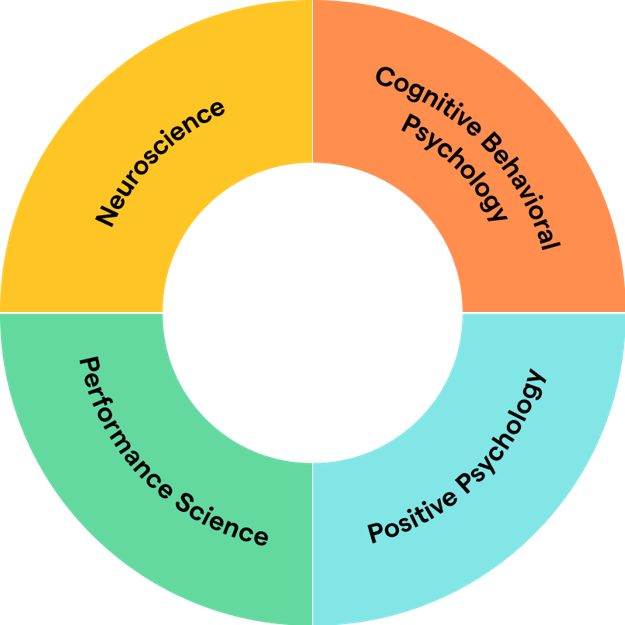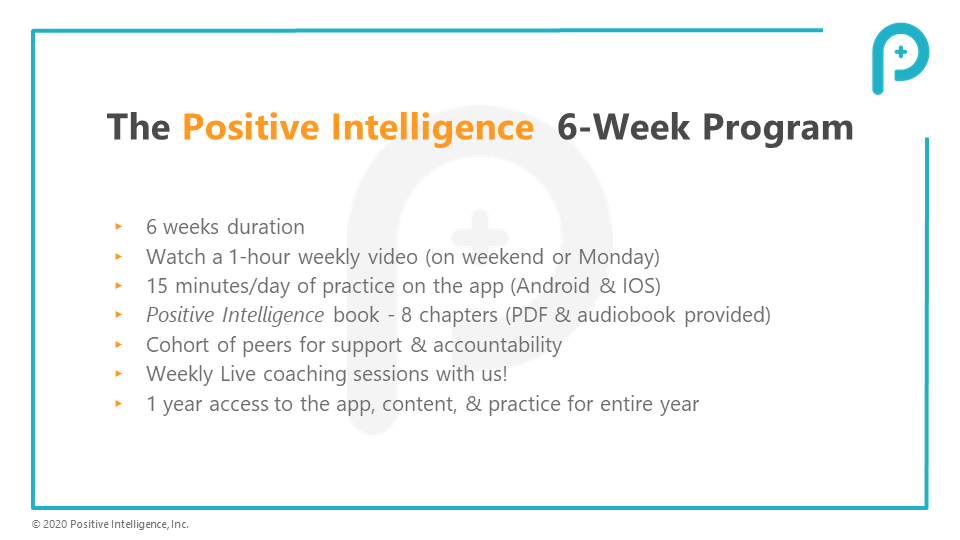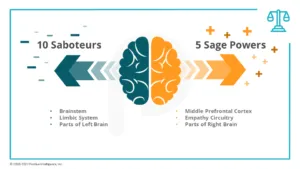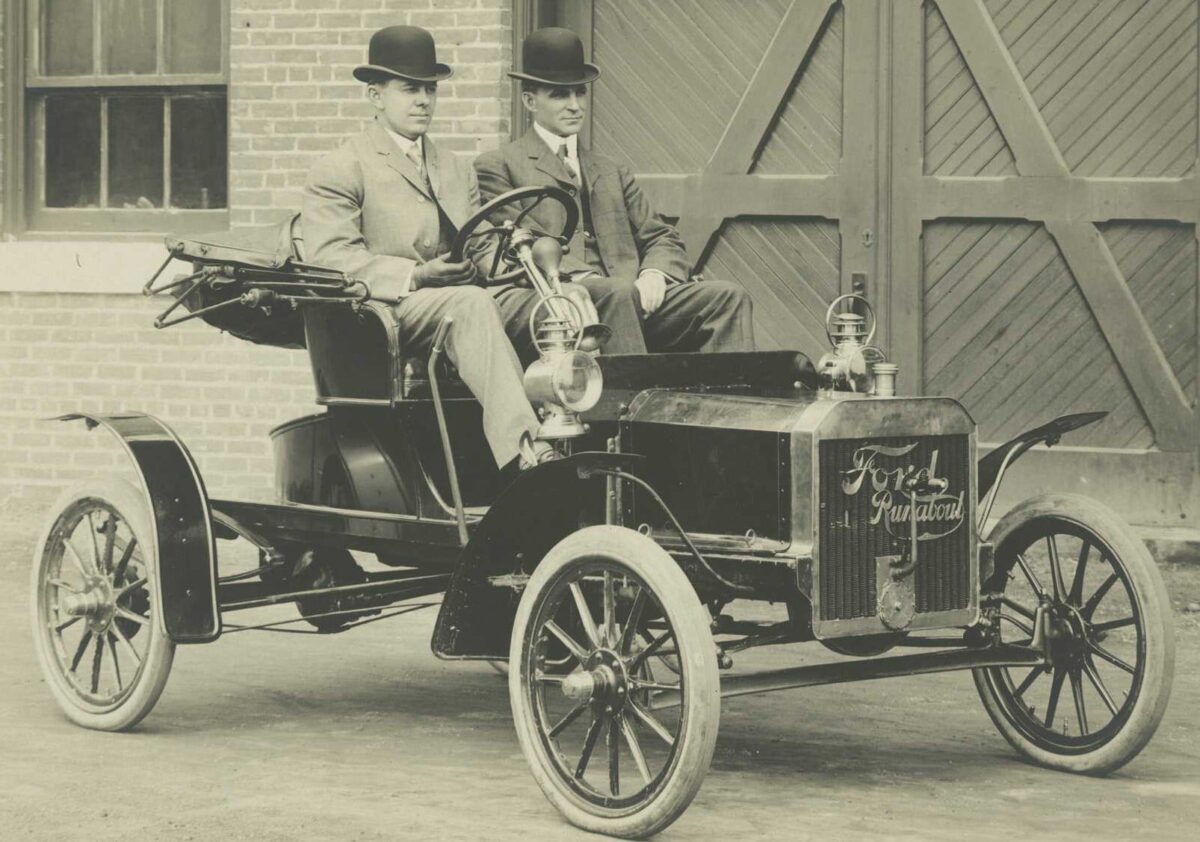Positive intelligence coaching – what is it? Free positive intelligence assessment (test). What is the positive intelligence coaching program? What is the positive intelligence app? Read more to find out.
Positive Intelligence
The best way to explain positive intelligence and positive intelligence coaching are through some examples.
Do you sometimes face challenges in your personal or professional life? These challenges can be small – like driving in traffic congestion, dealing with an upset spouse or boss, a conflict with a colleague, calming down an irate customer, or completing a demanding project on time. Or the challenges can be huge – like losing a key customer for good, serious illness, losing a job, or divorce.
Life is full of challenges. Many of them are relatively smaller inconveniences and annoyances, while other challenges are bigger and test our mettle and resilience. How do you deal with these challenges?
Do you get upset while facing these challenges? Do you feel negative emotions like frustration, disappointment, anger, jealousy, worry, anxiety, guilt, or blame? Or do you tackle life’s challenges with poise and feel positive emotions like curiosity, creativity, excitement, joy, and peace of mind?
Wouldn’t it be extremely helpful to be able to shift our perspective to positive emotions instead of negative emotions when handling life’s challenges? That is exactly what developing positive intelligence helps you do.
Positive intelligence definition
Positive intelligence is our capacity to respond to life’s challenges with a positive rather than a negative mindset. The results are that we feel positive emotions rather than negative emotions and improve our performance and happiness in response to life’s challenges.
The concept is easy to understand but we all know that our thoughts and emotions are often on autopilot. Here is an example to illustrate the point.
Let’s say that you have an important presentation to make to the board of directors next week. When your mind tells you to prepare for this important presentation, it is acting as your friend. However, when your mind wakes you up in the middle of the night – worrying about the presentation, it is not helping you. Your mind races in an endless loop (again and again), thinking about the consequences of failing, creating worst-case scenarios – what if I screw up? I will lose my job. I will lose my house. And on and on. Your mind only creates unnecessary anxiety and suffering and doesn’t help make the situation any better. Now, your mind is acting as your worst enemy.
Our minds are our best friends AND our minds are also our worst enemies!
Research on positive intelligence
The positive intelligence concept is pioneered by Shirzad Chamine, lecturer at Stanford University, C-suite adviser, a coach to hundreds of CEOs, and a bestselling author. His book – “Positive Intelligence: Why Only 20% of Teams and Individuals Achieve Their True Potential and how You Can Achieve Yours.” is both a NY Times and Wall Street Journal bestseller and has been translated into over 20 languages. Hyperlink to Amazon website
In the book, Shirzad Chamine reveals (through the concept of positive intelligence) how to achieve one’s true potential for both professional success and personal fulfillment.
It is based on research on
- Hundreds of CEOs and their executive teams
- Stanford students
- World-class athletes
- 500,000 participants from 50 countries
Foundations of positive intelligence are built on the synthesis of four breakthrough areas

Positive Intelligence breakthrough areas
- Neuroscience
- Positive psychology
- Cognitive behavioral therapy
- Performance science
The impact of positive intelligence
Improving positive intelligence has a tremendous impact on performance and happiness in both personal and professional lives. The details of the research are outlined in Shirzad Chamine’s book – but here is a brief synopsis
An analysis of more than two hundred different scientific studies, which collectively tested more than 275,000 people, concluded that higher levels of positive intelligence lead to higher salaries and greater success AT work, marriage, health, sociability, friendship, and creativity.
- Salespeople with higher PQ sell 37 percent more than their lower-PQ counterparts
- Higher-PQ workers take fewer sick days and are less likely to become burned out or quit
- Doctors who have shifted to a higher PQ make accurate diagnoses 19 percent faster
- Students who have shifted to a higher PQ perform significantly better on math tests
- Higher-PQ CEOs are more likely to lead happy teams who report their work climate to be conducive to high performance
- Project teams with higher-PQ managers perform 31 percent better on average when other factors are held equal
- A comparison of sixty teams showed that a team’s PQ was the greatest predictor of its achievement
- In the U.S. Navy, the squadrons led by higher-PQ commanders received far more annual prizes for efficiency and preparedness. Squadrons led by low-PQ commanders ranked lowest in performance.
- Higher PQ results in enhanced immune system functioning, lower levels of stress-related hormones, lower blood pressure, less pain, fewer colds, better sleep, and a smaller likelihood of having hypertension, diabetes, or strokes
- Catholic nuns whose personal journals in their early twenties showed higher PQ lived nearly ten years longer than the other nuns in their group. Higher PQ can literally help you live longer

Positive Intelligence coaching program – reviews
Positive intelligence has helped literally thousands of individuals and hundreds of companies to reduce stress, improve performance and enhance satisfaction and happiness.
Here are just some of the testimonials and comments from senior executives
“This has been the most impactful training I ever experienced. You develop powerful mental muscles to deal with challenges with much less stress and greater clarity, creativity, and resilience. Every sales professional would benefit greatly from this.”
Adam McGraw, Sales VP & GM, American Express
All my life I thought my high achievements were impossible without feeling constant stress. I’ve now learned to achieve even more with a calm and clear mind. I’m now enjoying every day, not just the final accomplishments. At the end of the quarter, I don’t feel the need for a long vacation anymore:
Sharon Pinedo, Head of Sales (Workplace), Facebook
Experienced leaders know that most change initiatives fizzle because of our mental Saboteurs. Shirzad gives us the tools to conquer these Saboteurs and create positive change that lasts. This is a must-read for any individual or team serious about unleashing peak performance.
Dean Morton, former COO, of Hewlett-Packard (HP)
The impact of positive intelligence is often game-changing for a team and life-changing for individuals. When a coach raises a team’s PQ, it can quickly shift every player from good to extraordinary. Positive Intelligence is a must-have for anyone who leads or coaches a team.
Jed York, President, and CEO, San Francisco 49ers
Positive Intelligence – How can it help?
Look at the following scenarios. At one point in time or another, we have wondered about them. We may have experienced ourselves or seen others experience one or more of these situations in our personal and professional lives.
- Why can’t I keep my new year’s resolutions?
- Why can’t I implement what I learned in the last self-improvement or leadership book I read?
- Why do I have these glimpses of feeling really grounded and fulfilled, but it doesn’t last?
- Why do a lot of people achieve success, but don’t experience the joy and happiness they deserve?
- Why are so many employees disengaged and ready to leave?
- Why do most training programs don’t result in behavior change at work?
- Why do so many individuals and teams perform well below their potential?
- Why do most self-improvement initiatives fizzle out?
- Why is lasting behavior change and improvement so difficult?
The answer lies in positive intelligence! It is because we have low levels of positive intelligence.
FREE Positive intelligence assessment (test)
As discussed earlier, our minds are constantly running various thoughts – some positive and some negative. It is estimated that we go through 60,000 thoughts per 24-hour period and a majority of our thoughts are negative. Positive intelligence then is the percentage of time your mind is serving you vs. sabotaging you. Positive intelligence measures the relative strength of these two modes of our minds. High positive intelligence means that your mind is acting as your friend more often than it is acting as your enemy. Low positive intelligence is the opposite. Hence positive intelligence can also be viewed as the amount of control you have over your mind and how well it acts as your friend instead of sabotaging your efforts.
Your mind is your best friend. But it can also be your worst enemy.
Which one will it be?
Inside our minds, there is a constant battle going on between the good guys and the bad guys. We all have characters inside our heads that sabotage our efforts toward success and happiness. Positive intelligence assessment sheds light on these saboteurs to help you see what is holding you back and how to overcome their negative influence.
Positive intelligence can both be measured through assessment and improved through a positive intelligence coaching program. The program consists of daily practice through the positive intelligence app and positive intelligence coaching to boost your positive intelligence.
Take your FREE/COMPLIMENTARY positive intelligence test or assessment and find out which bad guys and negative thought patterns (we call them saboteurs) are inside your head and holding you back.
Click the link to take the FREE SABOTEUR ASSESSMENT
We often are aware of the inner critic and the voice in our head that puts us down and generates stress and negative emotions. They are just one of the many saboteurs that live inside our heads. They sabotage our potential for both happiness and performance. What are the saboteurs that are holding you back? A short 5-minute saboteur assessment is the best way to uncover your own saboteurs.
Take your FREE/COMPLIMENTARY positive intelligence test or saboteur assessment and discover what is holding you back from the success and happiness you deserve!
The positive intelligence coaching program
The positive intelligence assessment is the first step – diagnosing things that hold you back. It is your own personalized mental health report. The next step is positive intelligence coaching. Positive intelligence coaching is like hiring a personal trainer for your mental fitness.
The positive intelligence program is six week program supported by the positive intelligence app for daily practice and muscle building. It is like a mental fitness boot camp to give you a head start. You also get live weekly sessions with the positive intelligence coach.
If you have already taken the positive intelligence saboteur assessment and are ready to move to the Six week PQ coaching program

References:














